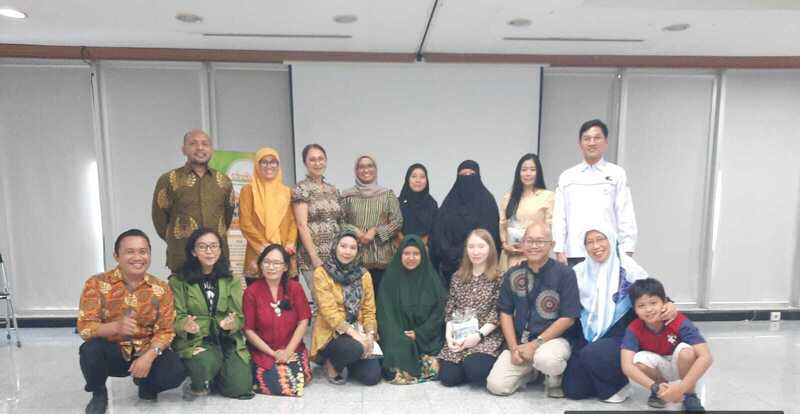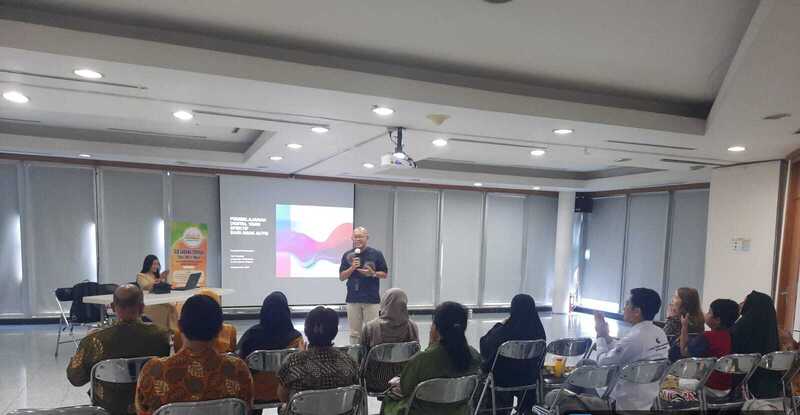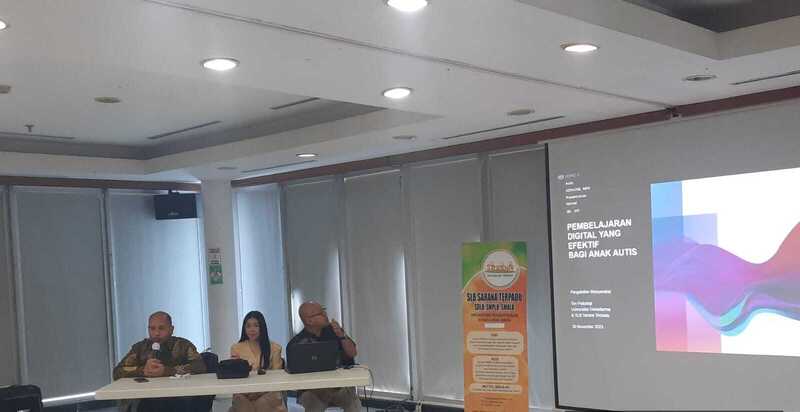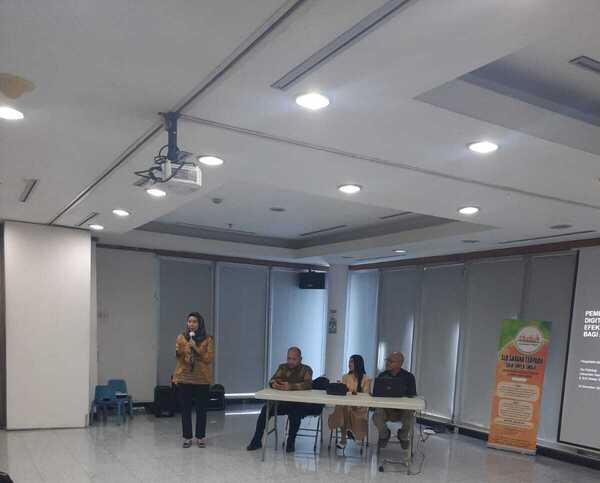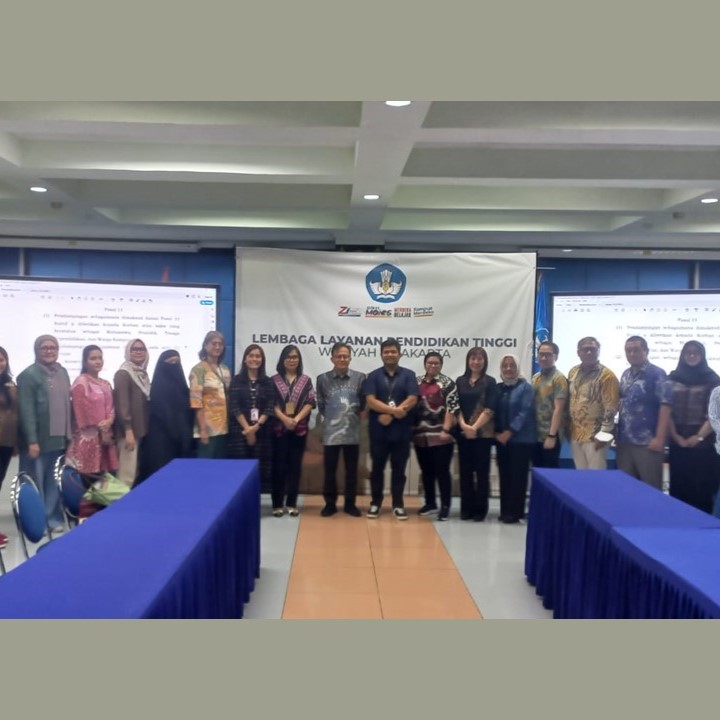EFFECTIVE DIGITAL LEARNING FOR CHILDREN WITH AUTISM
This community service activity is a collaboration between the Community Service Team of the Faculty of Psychology, Gunadarma University and SLB Sarana Terpadu, South Jakarta. The theme raised in this activity is “Effective Digital Learning for Autistic Children”. With the resource person Dr. Wahyu Rahardjo, this activity was held on Thursday, November 30th, 2023 at Graha Simatupang Building, South Jakarta.
Dr. Wahyu Rahardjo in his presentation stated that the application of technology in the lives of autistic children has several goals.
- The initial goal is to support autistic people and their families to learn how to cope with autism correctly, overcome existing challenges, strengthen the well-being and behavior of autistic people and their families on a daily basis.
- Then, the application of technology in the lives of autistic children can also improve certain competencies possessed by autistic children and increase the interest and motivation of autistic students to learn certain materials.
In an effort to apply technology to the lives of autistic children, of course, there are basic problems, including:
-
- Institutional Readiness
Refers to how institutions can strive to provide facilities and infrastructure that can support the application of technology to autistic students. This will certainly be related to the costs that will be incurred by the institution in providing supporting facilities and infrastructure. - Readiness of Human Resources
The resources referred to here are teachers. Before giving teaching about technology to Autistic students, of course, teachers must first understand the application of this technology. The institution can equip teachers by including teachers in certain training activities that can certainly increase teacher knowledge about technological developments. - Technology Readiness
This is the next basic problem that is no less important. Because, to apply the use of technology to the lives of autistic children, of course, it must be supported by technological readiness. Technology readiness here refers to, for example, the availability of internet networks, computer devices and so on.
- Institutional Readiness
Digital Learning Challenges for Autistic Children:
- Can use but will encounter difficulties in some areas that require complex reasoning.
- Potential for anxiety in autistic students
- Difficulty in manual dexterity and using the mouse. Design solution: use specially designed games and activities to teach mouse control and keyboard use.
- Students prefer a quiet and serene environment when performing tasks. Design solution: sound can be set to silent for all designed modules.
- Students with autism respond better to visual information than just textual information. Design solution: user interface graphics are designed with bright colors
- Students with autism are attracted to still objects and tend to focus on small details. Design solution: the user interface is designed simply without cluttered visual cues
- Autistic students tend to exhibit repetitive behaviors and prefer predictable events. Design solution: special consideration is given to introducing new concepts at a slower pace, the educational games introduced in this app progress sequentially.
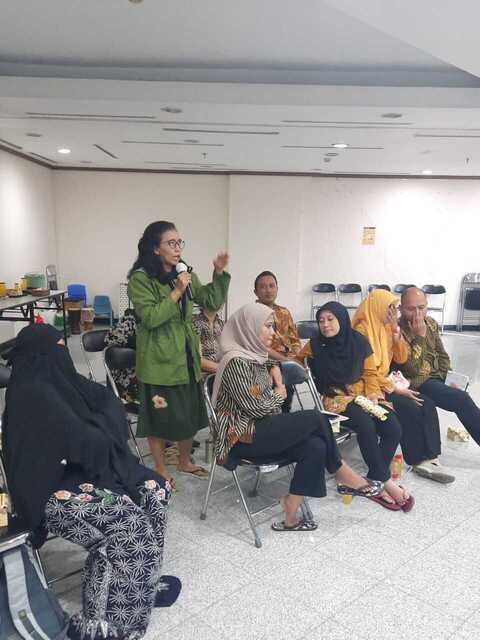
Things to Remember for Digital Learning for Autistic Children
- CAI creation requires collaboration from various parties with their respective competencies
- Pay attention to the autism spectrum level of the student
- Use digital learning with minimal options. Because the more complex the options, the greater the struggle and confusion for the student.
- Focus on digital learning whose learning objectives are also simple
- Autistic students need longer learning time
- If it is a video lesson, make sure the words spoken by the model or tutor are simple and clear.
- For non-inclusive classes, learning can be done together in groups.
- Class conditions must be controlled without distractions because autistic students have the potential to experience disorientation of focus while learning.
- After the lesson, a survey should be conducted to get students’ impressions and feedback.
References :
- Abduljabar, T. M. (2021). E-learning based mobile application for kids with Autism Spectrum Disorder. Tesis (tidak dipublikasikan). Altinbas University.
- Adams, D., Simpson, K., Davies, L., Campbell, C., & MacDonald, L. (2019). Online learning for university students on the autism spectrum: A systematic review and questionnaire study. Australasian Journal of Educational Technology, 35(6), 111-131.
- Biju, S. M., Todd, C., Tchantchane, L., & Yakoob, B. (2013). E-learning software for students with autism. Dalam T. Sobh & K. Elleithy (Eds.), Emerging trends in computing, informatics, system sciences, and engineering: Lecture notes in electrical engineering (pp. 403-410). Springer. doi: 10.1007/978-1-4614-3558-7_33
- Blundell, C., Lee, K. T., & Nykvist, S. (2016). Digital learning in schools: Conceptualizing the challenges and influences on teacher practice. Journal of Information Technology Education: Research, 15, 535-560
- Musaraj, J., & Muskaj, B. (2022). Technology as a learning tool: Access of austistic children to learning. International Journal of Special Education, 37(2), 129-139. https://doi.org/10.52291 /ijse.2022.37.46
